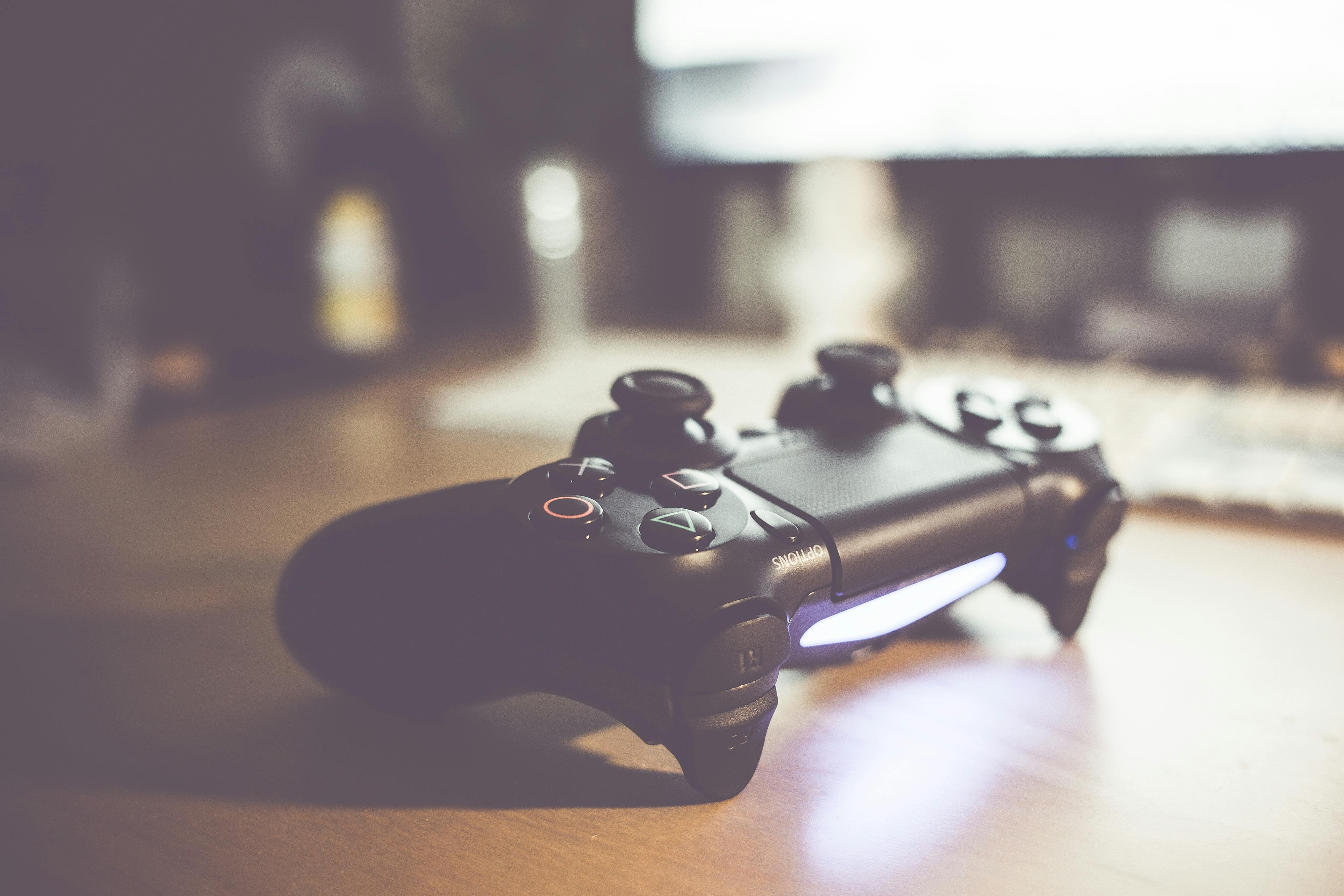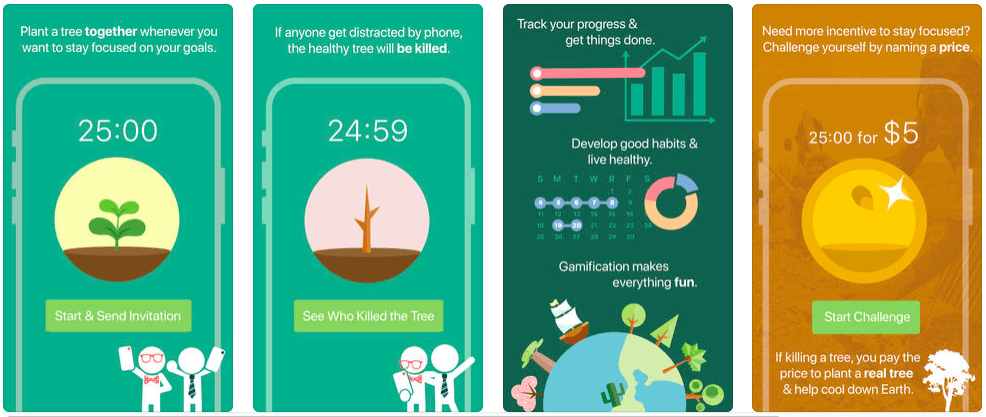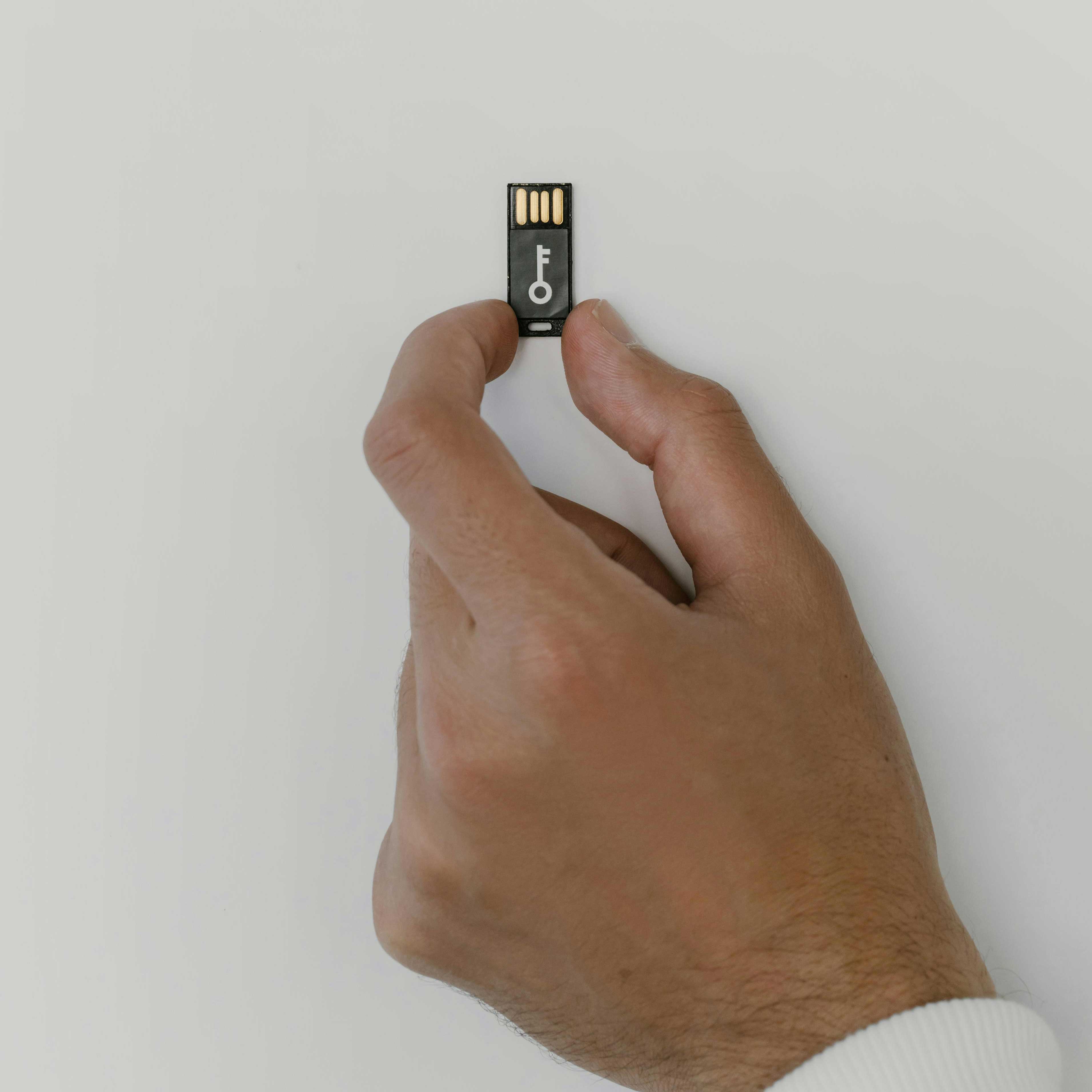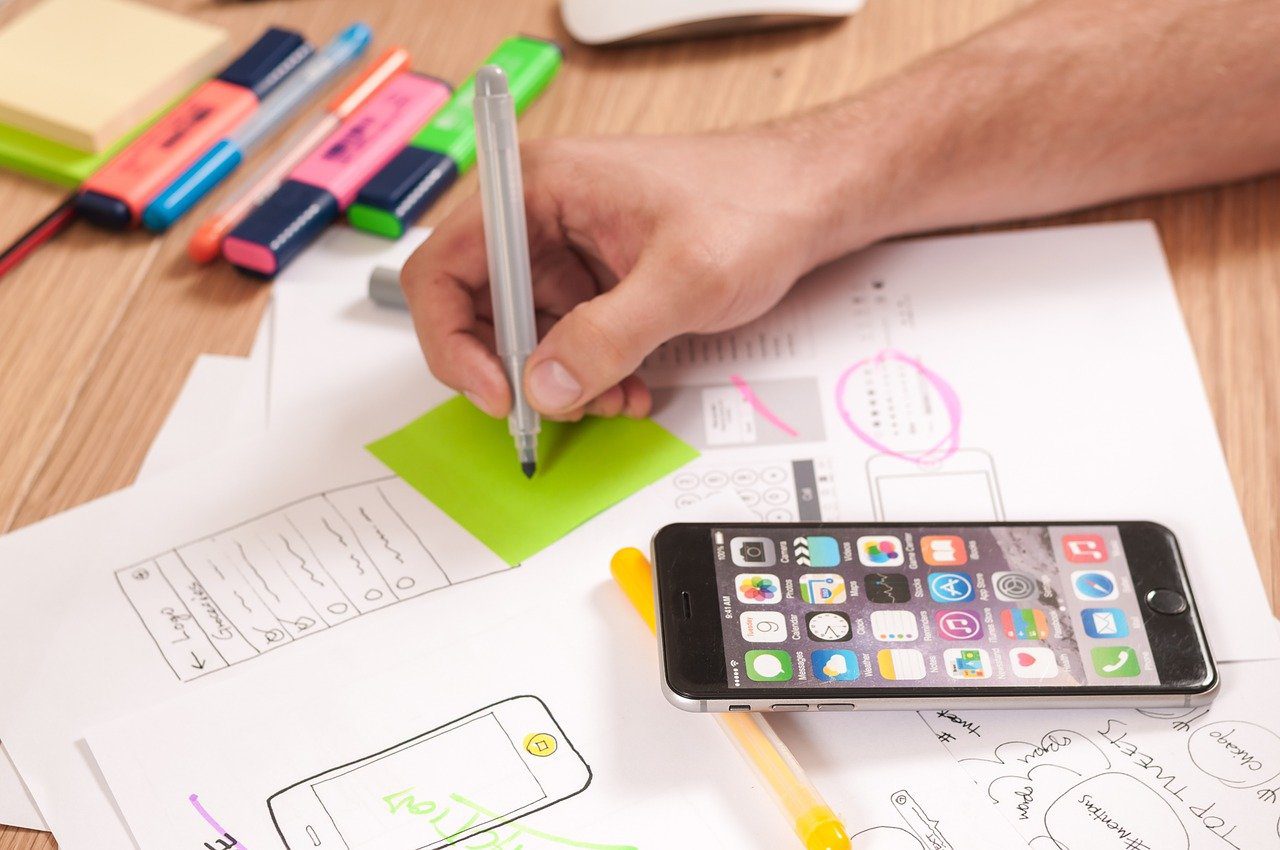The Psychology of App Design: How to Help Users Reach Their Goals Using Your App
People often turn to apps to help them reach their goals — whether they want to save money, build stronger friendships, meditate consistently, train...
2 min read
Written by Laura MacPherson, Apr 5, 2018

App developers use behavioral psychology to get people to continue using their apps. Recently, there’s been some backlash against apps that use it to create unhealthy addictions. But developers use behavioral psychology to help users improve their lives and reach their goals also. Behavioral psychology is like a multi-tool, and one of the most powerful tools in its arsenal is gamification.
Gamification uses game design in non-game contexts, usually for the purpose of incentivizing behavior. It works because of how the body releases dopamine when it experiences pleasure. This natural chemical is addictive — when you get some, you want more. Many activities can trigger dopamine release, including running (which is the origin of the “runner’s high”). Even small, simple things can cause a release of dopamine, such as seeing a friend comment on a social media post. Gamification relies on dopamine releases to keep people participating.
Gamification uses rewards to create these dopamine releases. When you receive a reward, even in the form of a digital token, dopamine is released. Your brain says, “I like this!” The effect is compounded because your body often releases dopamine when it merely anticipates a reward. If you remember Pavlov’s experiment from your psychology class in college, you know that an action that consistently occurs before a reward appears eventually begins to trigger the response alone. Dopamine release works similarly — when your body experiences an event (like an app notification) which usually appears before the reward (a dopamine hit), your brain anticipates the reward, and your body releases dopamine.
In addition to rewards, competition can drive engagement for people who are naturally competitive. Many apps incorporate this strategy by allowing users to compete against friends and other users, tracking progress on leaderboards.
Let’s look at how the Flora app uses gamification to help users break from their technology addictions and be present with others when they’re hanging out with friends and family. Flora is built around the concept of planting trees. When you want to spend quality time with someone, both you and the other individual “plant a seed” in the app. If you and your friend both succeed in leaving your phones alone, the seed “grows” into a tree.

You can use the app for other goals as well, and the app includes a dashboard so you can track your progress. You can connect with friends to view their goals and their progress, and they can see yours. The app encourages you to share your “trees” on social media to celebrate your accomplishments.
This app is using a variety of gamification techniques to keep users engaged and motivated to pursue their goals, including rewards (virtual tree growth), social competition, progress trackers, and notifications.
While gamification alone won’t ensure that users continue to use your app regularly (you also need to connect with a need and design a strong user experience), it can increase the likelihood that people will keep your app on their phones and actually use it.
Want to learn more about how we integrate behavioral psychology into mobile app design or talk about your project idea? Get in touch.
Subscribe to our newsletter.

People often turn to apps to help them reach their goals — whether they want to save money, build stronger friendships, meditate consistently, train...

Not many days go by without news of a hacking incident of one sort or another. Cyber threats have become so common that we’re almost numb to them —...

User stories are simple and rewarding tools for software development that focus on meeting users’ needs while providing the greatest business value....
Post
Share